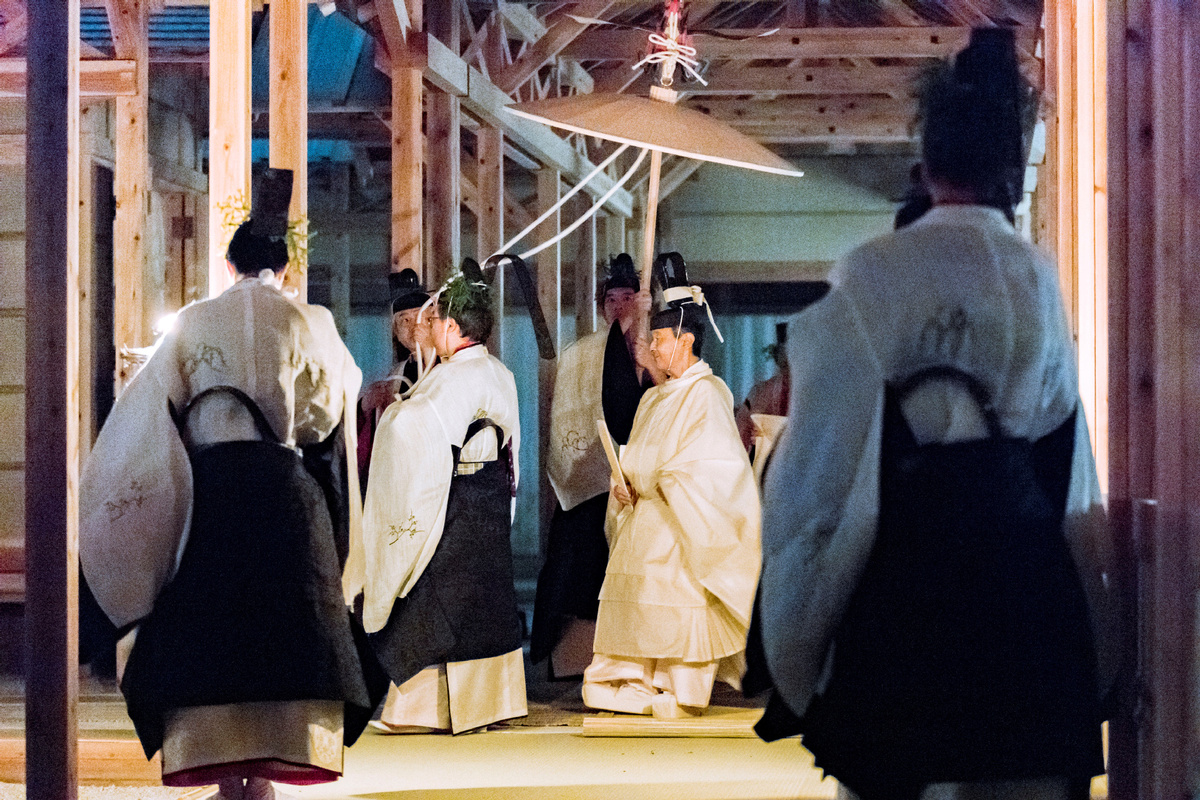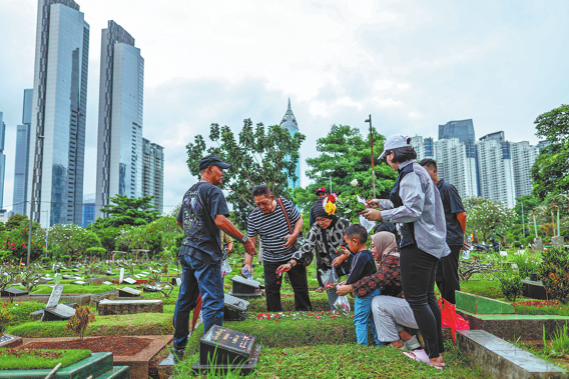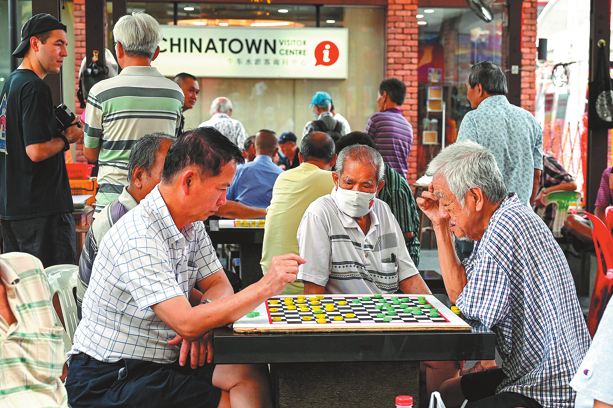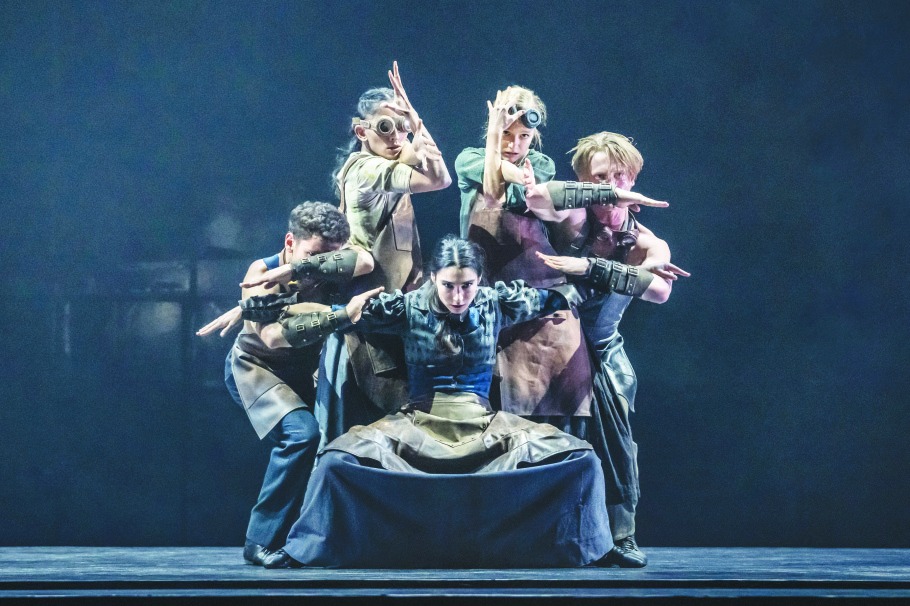Japan monarch spends symbolic night with goddess to end throne rituals


TOKYO - In the chill pre-dawn hours of Friday, Japan's Emperor Naruhito emerged from a shrine compound where he had spent a symbolic night with the sun goddess from whom conservatives believe his family descends, completing the rituals of his accession.
The "Daijosai" rite, centred on the goddess Amaterasu Omikami, began soon after sunset on Thursday and is the most overtly religious of all the rituals around Naruhito's succession after his father, Akihito, abdicated in April.
Amid flickering torchlight and chanting by priests, Emperor Naruhito emerged from behind the white curtains of the shrine at around 3:00 am, concluding a ceremony observed by Prime Minister Shinzo Abe and 400 dignitaries in an outdoor pavilion.
"This ritual is basically a feast involving the sun goddess and the emperor," said John Breen, a professor at Kyoto's International Research Center for Japanese Studies, who added that most coronations have mystical elements.
"The emperor is transformed by partaking of this feast."
Observance of the ritual has prompted lawsuits from critics ranging from communists to Christians, who say it smacks of the militaristic past and violates the constitutional separation of church and state, as the government pays the cost of 2.7 billion yen ($25 million).
Persistent rumours have held that the emperor has conjugal relations with the goddess, a view dating from the era before World War Two, when the emperor was considered divine. Naruhito's grandfather Hirohito, in whose name Japan fought the war, was stripped of his divinity after its defeat.
But the government and scholars say the ritual is a meal, at which the emperor offers foods ranging from rice and millet to abalone and persimmons to the goddess in the final ceremony that seals his new status as emperor.
Preparations began months ago, with the construction of a special shrine compound within the palace grounds and, later, the harvest of rice from two fields chosen by heating a turtle shell and reading the pattern of cracks.
Reuters































